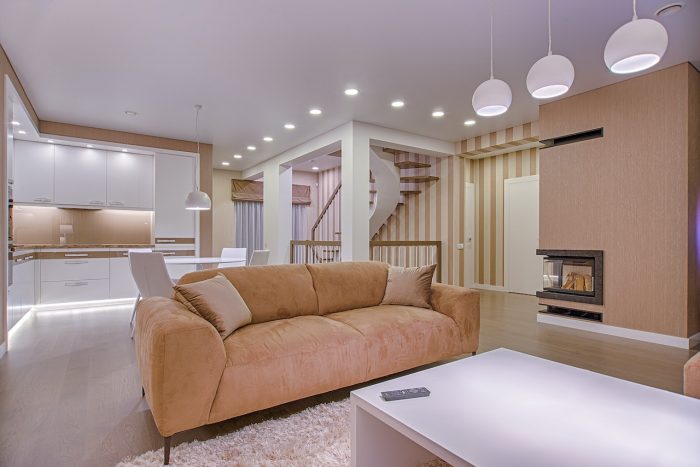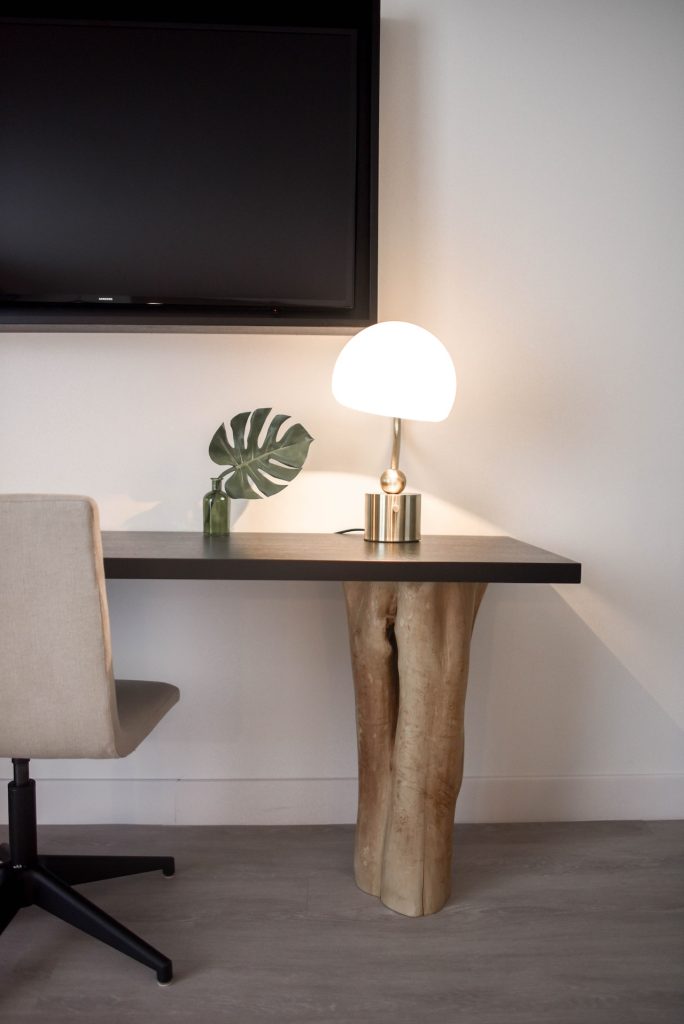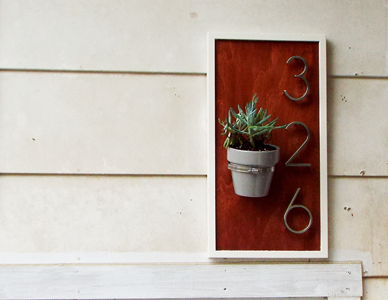Light Up Your Home: A Step-by-Step Home Lighting Guide
Are you tired of living in a dimly lit space? Do you want to create the perfect ambiance in your home? In this article, we will show you how to choose lighting for the home to brighten up your space. A well-designed home lighting plan can transform any room, making it feel spacious, cozy, or vibrant, depending on your preferences. Whether you’re decorating a new home or looking to give your current space a makeover, lighting plays a crucial role in setting the mood and enhancing the overall aesthetic. From selecting the right fixtures to choosing the appropriate bulbs and considering different lighting techniques, we will guide you through the process step by step. Get ready to bask in the warm glow of a well-lit home. Let’s dive in and discover how to make your space shine!

The Importance of Good Lighting in Your Home
Good lighting is essential for creating a comfortable and inviting living environment. It not only illuminates the space but also enhances its overall design and functionality. Proper lighting can make a room appear larger, highlight architectural features, and create a desired atmosphere. When planning your home lighting, consider the purpose of each room and how you want it to feel. For example, you may want bright, task-oriented lighting in the kitchen, while a soft and relaxing ambiance may be more suitable for the bedroom. By understanding the importance of good lighting, you can transform your home into a well-lit sanctuary.
Lighting can also affect our mood and well-being. Natural light has been proven to boost productivity, improve sleep quality, and reduce stress levels. However, not all rooms have access to ample natural light, especially in urban environments or apartments with limited windows. This is where artificial lighting comes in. By strategically placing light fixtures and using the right bulbs, you can mimic the effects of natural light and create a pleasant and healthy living space.
When planning your lighting design, don’t forget about energy efficiency. Opt for LED bulbs, which are not only long-lasting but also consume less energy compared to traditional incandescent bulbs. By choosing energy-efficient lighting options, you can reduce your environmental impact and save on electricity bills.
Understanding Different Types of Lighting
To create the perfect lighting plan, it’s essential to understand the different types of lighting available. Each type serves a specific purpose and can be combined to achieve the desired effect. Let’s explore the three main types of lighting:
- Ambient Lighting: Also known as general lighting, ambient lighting provides overall illumination for a room. It is typically the primary source of light and ensures that the space is well-lit. Examples of ambient lighting include ceiling-mounted fixtures, chandeliers, and recessed lights. When planning your ambient lighting, consider the size and layout of the room, as well as the desired brightness level.
- Task Lighting: Task lighting is focused lighting that illuminates specific areas where activities are performed. It helps to improve visibility and prevent eye strain. Examples of task lighting include desk lamps, under-cabinet lights in the kitchen, and pendant lights above a dining table. When selecting task lighting, consider the specific tasks performed in each area and the amount of light needed.
- Accent Lighting: Accent lighting is used to highlight specific features or objects in a room. It adds depth and visual interest to the space. Examples of accent lighting include track lights, wall sconces, and picture lights. When using accent lighting, consider the focal points or architectural elements you want to emphasize, such as artwork, sculptures, or architectural details.
By combining these different types of lighting, you can create a layered and dynamic lighting scheme that enhances the functionality and aesthetics of your home.

Choosing the Right Fixtures and Bulbs
When it comes to choosing lighting fixtures and bulbs, there are several factors to consider. The style, size, and placement of fixtures can significantly impact the overall look and feel of a room. Here are some tips to help you make the right choices:
- Consider the Style: Lighting fixtures come in various styles, ranging from traditional to modern. Choose fixtures that complement the overall design aesthetic of your home. For example, if you have a contemporary interior, opt for sleek and minimalist fixtures.
- Scale and Proportion: Consider the size of the room when selecting lighting fixtures. A small room with low ceilings may require smaller fixtures, while larger rooms with high ceilings can accommodate more substantial fixtures. Ensure that the scale and proportion of the fixtures are appropriate for the space.
- Placement and Height: Proper placement of fixtures is crucial to ensure adequate lighting coverage. In general, ceiling-mounted fixtures should be placed in the center of the room, while wall-mounted fixtures should be positioned at eye level. Pendant lights and chandeliers should be hung at a height that allows for comfortable head clearance and optimal illumination.
- Bulb Type and Color Temperature: Choose bulbs that are appropriate for the desired lighting effect. LED bulbs (<– affiliate link!) offer a wide range of color temperatures, from warm white to cool white. Consider the mood you want to create in each room and select bulbs accordingly. Warm white bulbs are suitable for creating a cozy and intimate atmosphere, while cool white bulbs are better for task-oriented areas.
By carefully selecting fixtures and bulbs, you can ensure that your lighting plan enhances the functionality and aesthetics of your space.
Smart Lighting Options for Convenience and Energy Efficiency
In recent years, smart lighting technology has revolutionized the way we illuminate our homes. Smart lighting systems allow you to control your lights remotely, adjust brightness levels, and even change colors, all from your smartphone or voice-controlled devices. Here are some benefits of incorporating smart lighting into your home:
- Convenience: With smart lighting, you can control your lights from anywhere in your home or even when you’re away. Forgot to turn off the lights before leaving? No problem. Simply use your smartphone to switch them off. You can also set schedules or use motion sensors to automate your lighting, making your life easier and more convenient.
- Energy Efficiency: Smart lighting systems offer energy-saving features that can help reduce your electricity consumption. You can program your lights to turn off automatically when no one is in the room or dim them during specific times of the day. This not only saves energy but also lowers your electricity bills.
- Mood Enhancement: Smart lighting allows you to create customized lighting scenes to suit your mood or activity. Want a cozy atmosphere for movie night? Simply activate the “Movie Mode” scene, and your lights will dim to the perfect level. Hosting a party? Activate the “Party Mode” scene, and your lights will change colors and pulsate to the beat of the music. The possibilities are endless.
While smart lighting offers numerous benefits, it’s important to consider compatibility and ease of installation when choosing a smart lighting system. Some systems require a hub or bridge for connectivity, while others can be directly controlled via Wi-Fi or Bluetooth. Research different smart lighting options to find the one that best suits your needs and budget.

DIY vs. Hiring a Professional for Your Lighting Installation
Now that you have a good understanding of home lighting and the various options available, you may be wondering whether to tackle the installation yourself or hire a professional. Both options have their pros and cons, so it ultimately depends on your level of expertise, time availability, and budget. Here are some factors to consider:
- DIY Installation: If you have some electrical knowledge and feel comfortable working with wiring and fixtures, you may consider a DIY installation. DIY can be cost-effective, as you won’t have to pay for professional labor. However, it’s essential to follow safety guidelines and local regulations to ensure a safe and compliant installation. It’s also important to be aware of any warranties that may be voided if the installation is not done by a licensed professional.
- Professional Installation: Hiring a professional ensures that your lighting installation is done correctly and safely. Professionals have the knowledge and expertise to handle complex electrical work and ensure compliance with local regulations. They can also provide valuable advice on lighting design and help you select the best fixtures and bulbs for your space. While professional installation comes at a cost, it offers peace of mind and saves you time and effort.
Consider your comfort level with electrical work, the complexity of the installation, and the overall scope of your lighting project when deciding between DIY and professional installation. It’s always a good idea to consult with a licensed electrician before undertaking any electrical work to ensure safety and compliance.
Conclusion
Creating the perfect home lighting plan is a combination of art and science. By understanding the importance of good lighting, exploring different types of lighting, choosing the right fixtures and bulbs, considering smart lighting options, and deciding on DIY vs. professional installation, you can transform your space into a well-lit and inviting sanctuary.
Remember to take into account the specific needs and preferences of each room, as well as the desired mood and ambiance. Experiment with different lighting techniques and adjust brightness levels to find the perfect balance. With a well-designed lighting plan, you can create a space that is not only functional but also visually appealing and comfortable. So go ahead, brighten up your space, and let your home shine!






Comments are closed.